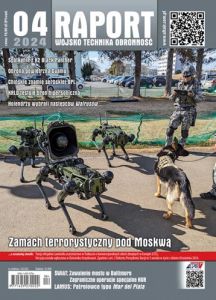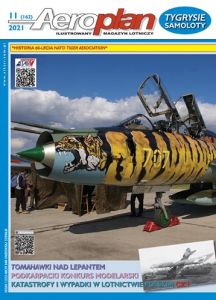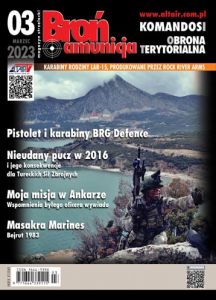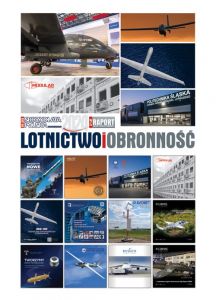WB Electronics Group designer built in recent 3-4 years two new UAV vehicles: standard mini - UAV Fly Eye and mini rotorcraft Tarkus. The authors rights to this project belong to MON (MD). The project was realised from Aug.2008 to Nov.2009.

Fly - Eye has been shown, both in nature and in multimedial demonstrations during few closed - door demonstrations addressed to possible foreign customers. Native customers could see the vehicle with opto - electronic head during mission in 70 kmp.h (45 mph) wind. In May bot UAVs have been used during demonstration of action of Land Forces tactical unit in net - centric battlefield, during Borsuk 2010 manoeuvres. The software and ground equipment of UAV is compatible with other WB Electronic products - Topaz fire control artillery system and SKOM system for mortars.
During tests Fly Eye flew few hundreds flights without any trouble with retrieving. The cargo load is placed under fuselage close to mass center and this helps not only in flight and work of optical (or other) load, but additionally eliminates the shielding of optics field of vision by prop. Fly Eye - weighing 11 kg (about 23 lbs) takes off from hand, without any launch velocity. It makes of on HA Line - this helps in use from small free areas like urban territory, forest clearings ect. It requests the field of about 50m x 50m (150 x 150 ft) area.

From the WB Electronics point of view, the key element in FlyEye is that all parts of UAV are based on their own design. The plane, day/night stabilized optical head, autopilot (the Tarkus has different autopilot, suitable for rotorcraft), digital data link, software and operator's pulpit (and training system with 3D picture simulation) is produced by WB. This eliminates any possible cooperation problems.
The system uses modern, Polish digital data link ( picture, T - metry, command & control) in coded from placed in NATO command band (4,4 - 4,9 GHz) or any other frequency, according to customers request. The solution contains both all-around and direction arrays, placed in special head automatically tracking the UAV. The system enables the compression and transmission of high quality picture, eliminates all bad features of analogue solution.
The FlyEye can be programmed to fly either on planned track (with possible corrections during flight), or on “to target” - where it can fly round the prescribed target area (with prescribed radius). It can also be flown by hands by operator. It has the ability to fulfil the sortie in fully autonomous method, without contact with operator. The vehicle can be sent to prescribed area, make the reconnaissance on prescribed coordinates in prescribed time, and then return into the range of control station. In such a case the operator can retrieve data (and picture) without retrieving of UAV itself.

The FlyEye has unique method of retrieving data (or cargo) - currently it is a camera, but it can be anything - head, (camera and batteries - about 55 pc. Take off weight) is jettisoned few meters over ground (the altitude is precisely calculated with radio - and pressure - altimeters, plus the sensor of wind speed and direction - controlled by operator) and comes back down on parachute precisely in the pre - planned point. In the meantime the vehicle (fully controlled owing to control system battery) land with gliding path, close to the designed point (in. 10m - 30 ft radius) - the radius can be preplanned by operator. The landing is fully autonomous with autopilot calculating the gliding path(taking into account the wind force and direction). In futurity there will be possible various methods of retrieving both cargo and UAV, either on the ground or on the water surface.
Photos: Grzegorz Hołdanowicz














